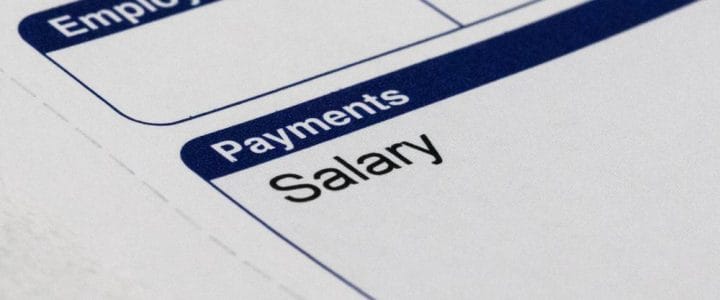As different parts of financial regulations change, it can often feel like a challenge keeping pace with everything that needs to be done.
HMRC is worried about director National Insurance Contributions – Are yours accurate?


As different parts of financial regulations change, it can often feel like a challenge keeping pace with everything that needs to be done.

Making Tax Digital (MTD) for Income Tax is less than six months away and now is the ideal time for self-employed individuals, sole traders and landlords to start preparing for the changes to come.

Step into any supermarket right now and you will find a cornucopia of festive treats assailing your senses as the shops proactively prepare for Christmas.

Many small and medium-sized business owners utilise director loans to access valuable funds to help fix any short-term concerns, like cash flow issues.

HM Revenue and Customs (HMRC) has acknowledged an error it made when publishing Valued Added Tax (VAT) figures that may impact the provisional 2025 to 2026 year-to-date receipts.

Most business owners who are required to get an audit will likely be aware that there have been plans to reform the way that audits work for many years.

Large Language Models (LLMs) like ChatGPT are proving popular with businesses for financial advice, but taking their advice can be dangerous for your company.

Small and Medium Enterprises (SMEs) are finding the current economic climate challenging, with many reluctant to invest for fear of losing their business entirely.

HM Revenue and Customs (HMRC) has announced its latest updates to the Advisory Electric Rate (AER) that will affect employees using a company car.
Reviewed every three months on a quarterly cycle, HMRC’s latest update confirmed that there are now two rates for home charging (eight pence a mile) and public charging (14 pence a mile).
The latest update was going to retain a single rate of 12 pence a mile, but HMRC decided to change the way it is charged, to reflect the difference in cost between home and public charging points.
Why does HMRC change the AER rate?
The purpose of regularly updating the AER rate is to reflect the different costs of charging electric vehicles.
They calculate the home rate based on the average domestic electricity price of 27.04pk/Wh and an efficiency of 3.59 miles per kWh.
The public rate has followed the same principle, but starts at a cost of 51pk/Wh.
The regular updates provide clarity for both employers and employees, while also making rates fair for both types of charging.
Why does the AER rate matter for businesses?
The AER rate is applicable for employees using company cars, as they can claim money back for using the vehicles to fulfil their duties to the company.
Need support calculating the costs?
With the rates regularly changing, you may need assistance to work out the costs.
Contact us today for advice and support.

With changes expected to be announced about the UK’s current National Minimum Wage (NMW) and National Living Wage (NLW) rates in the near future, HM Revenue and Customs (HMRC) has updated its checking process.
As part of HMRC’s NMW check process, you, as an employer, are required to complete a self-review of your company’s records and HMRC has updated its factsheet with what it expects employers to do.
How does the self-review work?
Your appointed case officer will tell you which information and records HMRC wants to look at because, as a UK employer, you must be paying your employees at least the NMW and NLW.
The review you conduct will depend on several factors, including the size of your workforce, the work that is carried out and the number of workers who have not been paid the correct rate of NMW.
In addition to this, you also need to consider the changing NMW rates and whether the contracts of your workers have changed.
As part of the self-review process, you will need to work out if there are any outstanding NMW debts.
You need to look at each pay reference period separately and work out if there are any underpayments, divide that by the NMW rate at the time and multiply that figure by the current NMW rate.
Once the self-review is complete, you must submit the information to HMRC and confirm employee details and the period in which they were underpaid.
You are also required to keep all details of your self-review for future reference, in case HMRC decides to run another NMW check on your company.
Support available for businesses
Analysing your payroll records will take time, but it is important that you ensure you meet the current NMW and NLW requirements.
Our expert team can help you meet your obligations and submit the correct information.